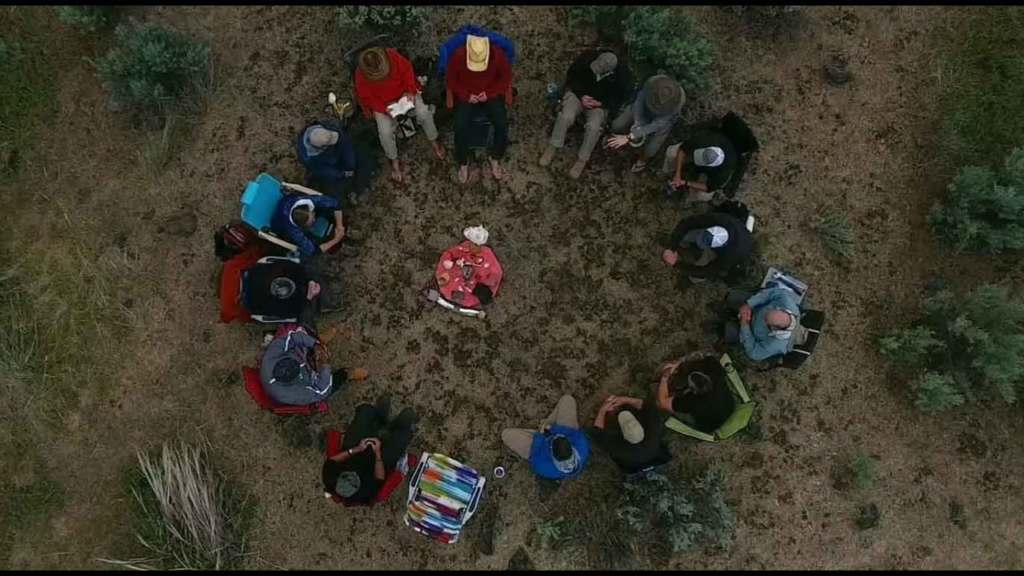Filmmaking in 2024 is marked by a blend of technological innovation and evolving storytelling techniques. Here are some key trends every filmmaker should have their eye on.

Technological Advancements
– Virtual Production: The use of LED volumes and virtual production techniques, popularized by shows like “The Mandalorian,” continues to grow. These technologies allow for real-time background rendering and more flexible shooting schedules.
– AI and Machine Learning: AI tools are increasingly used in pre-production (for scriptwriting assistance and storyboarding), production (for real-time visual effects and editing), and post-production (for color grading and audio enhancement).

Streaming Dominance
The dominance of streaming platforms like Netflix, Amazon Prime, Disney+, and new entrants continues to shape the industry. Though they’ve backed off a bit from the gung-ho days before Covid and during Covid’s first two years, these platforms still invest heavily in original content, offering filmmakers diverse opportunities and challenging traditional theatrical releases.

Diversity and Inclusion
There is a stronger push for diversity and inclusion both in front of and behind the camera. Initiatives to promote representation of various ethnicities, genders, and sexual orientations are more prominent. If you’re a person of difference now is the time to strike.

Sustainability
Environmental concerns are influencing production practices. Sustainable filmmaking techniques, such as reducing carbon footprints on sets, using eco-friendly materials, and implementing green policies, are becoming standard. Arguably, this is long overdue but it’s most welcome.

Interactivity and Immersive Experiences
Interactive films and virtual reality (VR) experiences are gaining popularity. Projects like “Black Mirror: Bandersnatch” have paved the way for audience-engaged storytelling. In a sense, you could say that video gaming and movies are merging.

Hybrid Release Models
Theatrical releases are often complemented by simultaneous streaming releases. This hybrid model, accelerated by the COVID-19 pandemic, continues to be refined to balance box office revenues and streaming engagement. There is no tried and true release formula anymore. Everyone is searching for an ideal pattern that will work best for their unique business configuration, including both the ancillary companies owned by the parent companies and new business partnerships with outsiders.

Globalization
Filmmaking is more globalized than ever, with international collaborations and a rise in popularity of non-English films. Platforms are investing in content from diverse regions to cater to global audiences. With financing coming from combinations of countries you will see more internationally diverse casts in the future. It’s not enough for a film to play strong only in the U.S. It has to have cross-border appeal

High-Quality Independent Films
Independent filmmaking production thrives with access to advanced, cost-effective technology, allowing indie filmmakers to produce high-quality content that may not compete with lavish big-budget productions (especially when it comes to cast) but they can compete on the level of story and audience engagement. Support for studios like Warrior Films is needed now more than ever!
Remember: all the technical skills in the world won’t make you a filmmaker. You have to be a storyteller. You can learn that. Mastering editing helps. But at some level storytelling has got to be in your bones.
In service,



